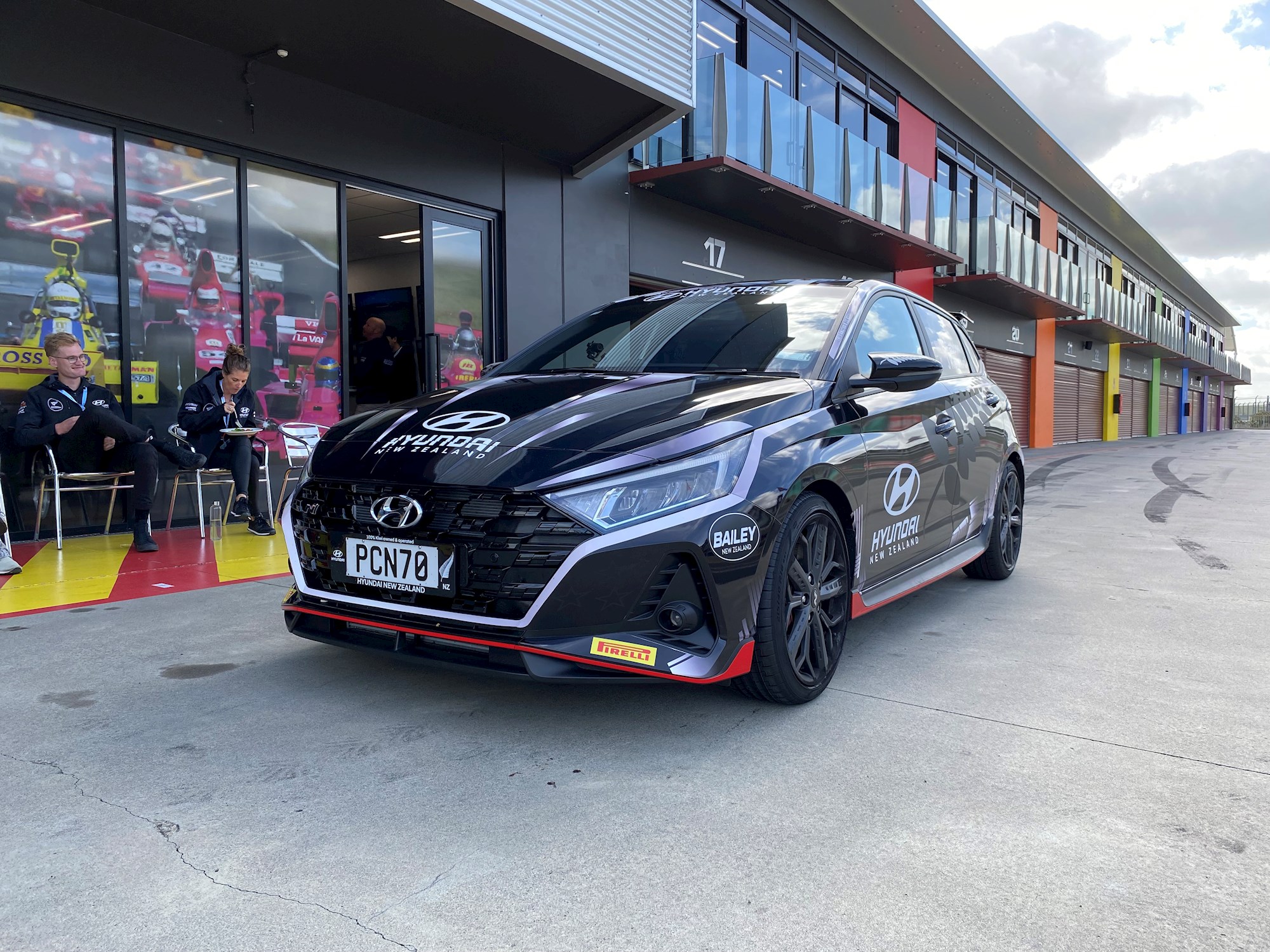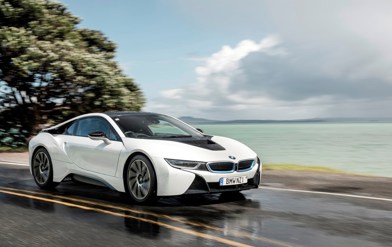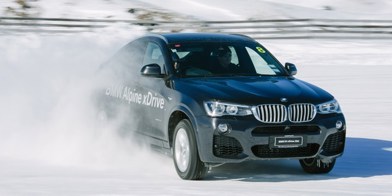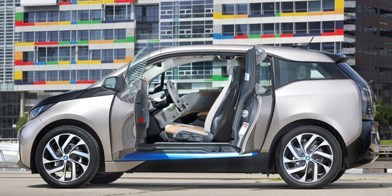By definition, a sports car is “a fast, low car, often for two people only”. We can assume that this definition was created back in the days of open-wheeled race cars and horns that went “AWOOGA”.
These days, horns are a lot less exciting, the cars look a whole lot different, and I’d argue that this definition is in need of an update. To me, the modern sports car is anything that is small, nimble, and can bring a grin to the driver’s face – like Hyundai’s N range for instance, where there is a button dedicated to doing just that.
Just recently, Hyundai New Zealand held its first ‘N Track Experience’ and Hampton Downs, where customers could sample everything that the N performance brand has to offer. At this event, both customer cars and Hyundai’s N fleet were out on track, allowing customers to experience N machines of new and old.
For the media section of the day, Hyundai rolled out three exciting new N vehicles in the i30 N hatch, the high-riding Kona N, and the all-new i20 N. Considering that this event served as the local launch for the smallest member of the N family, we’ll dive into that one first.
From the outset, it’s pretty obvious that the i20 N is designed for performance. New bumpers, side skirts, and a reasonably-sized rear wing should be enough of a hint that this is no nana-spec hatchback.
Under the bonnet sits a turbocharged 1.6-litre four-cylinder engine that makes 150kW and 275Nm. This is sent exclusively to the front wheels through a six-speed manual transmission, and the i20 N will hit 100km/h in around 6.7 seconds, before topping out at 230km/h.
As a proper N car, the i20 N gets a whole heap of upgraded hardware to back up this performance and keep it on track for longer. The ‘overboost’ feature is a good example of this, which allows the turbo to produce extra boost for a short period of time, pushing peak torque to 300Nm.
It also gets performance brakes with rotors that are 40mm larger than standard, and a limited-slip differential. As the entry point of the N range, this i20 starts at just $53,990.
Moving one step up the N ladder will get you into an i30 N, where buyers now have the choice between a six-speed manual transmission or an eight-speed dual-clutch unit. This second-generation i30 N is powered by a 2.0-litre turbocharged engine that makes 206kW and 392Nm. This is sent to the front wheels through a manual or DCT transmission, and it will hit 100km/h in 5.4 seconds. Like its smaller sibling, it also gets an overboost function, a limited-slip differential up front, but adds electronic dampers for better road handling.
In New Zealand, the i30 N starts at $58,990 for a manual, and $65,990 for a DCT. There’s also the Fastback available which is only offered with a manual transmission at $62,990.
At the top of Hyundai New Zealand’s N offerings sits the Kona N, which is basically just a more practical, high riding version of the i30 N. It gets the same turbocharged powertrain, with the same power and torque outputs. It exclusively makes use of the DCT, meaning that just one variant is available in New Zealand, which starts at $69,990.
Though these three turbocharged city carvers seem to be cut from the same cloth, they each offer differing experiences on the track. First up was the DCT-equipped i30 N, which has no shortage of grunt on a track like Hampton Downs. The DCT does a fantastic job of keeping the engine in the power band when it’s in ‘N’ mode, and the chassis is surprisingly playful. On more than one occasion I found myself having to correct oversteer as the rear end would step out in corners – not something you expect from a front-drive hatch, but it was a welcome surprise.
Next up was a slalom exercise with the high-riding Kona N. As an SUV-ified version of the i30 N, I didn’t have high hopes for this machine. What I found out was that in N mode it’s very composed, and stiff through corners, and while it has the tendency to understeer under load, the active dampers do a great job of keeping things smooth.
Last but certainly no least, it was time to sample the little firecracker i20 N. Before I jumped in the hot seat, I thought it would be a good idea to go for a hot lap with Haydon Paddon. Though it was by no means the fastest I had ever been around Hampton Downs, it was up there with the scariest as the Kiwi rally star sailed by braking markers at full speed, and tucked the hatch into corners like his life depended on it.

Though it wasn’t anywhere near as fast as the prior lap, I thoroughly enjoyed my laps in the i20 N as it felt like the i30 N’s more unhinged little sibling. Without active dampers, the hatch would lean into corners, and the tyres would squeal, but the limited-slip differential does a great job of keeping both front wheels powering through. With a manual transmission, the drive feels a lot more connected, and squeezing the most out of every gear is a rewarding experience.
As a whole, the Hyundai N range feels right at home on track. Though 150kW might not sound like a lot of power on paper, it’s more than enough to propel the little i20 N around the track at a blistering pace. At the other end of the spectrum is the Kona N, and with more focus on everyday practicality, it doesn’t feel as dedicated to performance, but still offers a wild ride. Lastly, there’s the i30 N which remains the sweet spot of the N range in my opinion. While I can understand the appeal of a DCT with modern traffic woes, a six-speed manual i30 N is truly a fantastic hot hatch, and is great value at its sub-$60k starting price.














